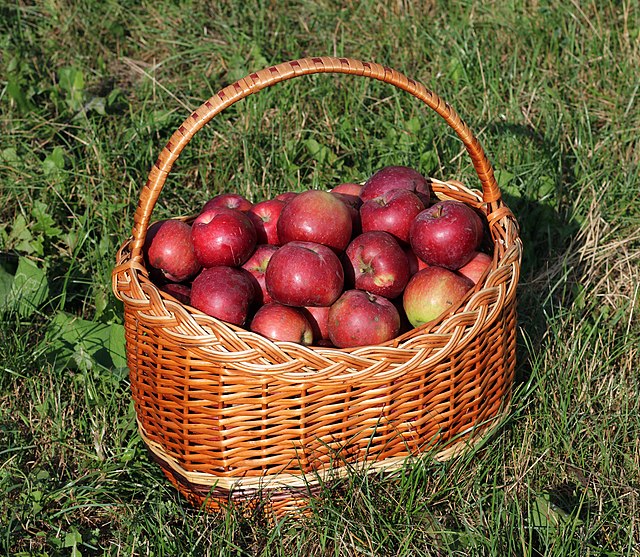A wicker man was purportedly a large wicker statue in which the druids sacrificed humans and animals by burning. The main evidence for this practice is a sentence by Roman general Julius Caesar in his Commentary on the Gallic War, which modern scholarship has linked to an earlier Greek writer, Posidonius.
An 18th-century illustration of a wicker man. Engraving from A Tour in Wales written by Thomas Pennant.
Illustration of human sacrifices in Gaul from Myths and legends; the Celtic race (1910) by T. W. Rolleston
Wicker man on fire at the Archaeolink Prehistory Park, Oyne, Aberdeenshire, Scotland
A lifesize modern pagan wicker man, in south east London, England
Wicker is a method of weaving used to make products such as furniture and baskets, as well as a descriptor to classify such products. It is the oldest furniture making method known to history, dating as far back as 5,000 years ago. Wicker was first documented in ancient Egypt, then having been made from pliable plant material, but in modern times it is made from any pliable, easily woven material. The word wicker or "wisker" is believed to be of Scandinavian origin: vika, which means "to fold" in Swedish. Wicker is traditionally made of material of plant origin, such as willow, rattan, reed, and bamboo, though the term also applies to products woven from synthetic fibers. Wicker is light yet sturdy, making it suitable for items that will be moved often like porch and patio furniture. Rushwork and wickerwork are terms used in England. A typical braiding pattern is called Wiener Geflecht, Viennese Braiding, as it was invented in 18th century Vienna and later most prominently used with the Thonet coffeehouse chair.

A wicker basket filled with apples
Wicker basket, Egypt, New Kingdom, c. 1492–1473 BC
Rattan wicker basket, 1883
Willow wicker armchair, c. 1907–13








